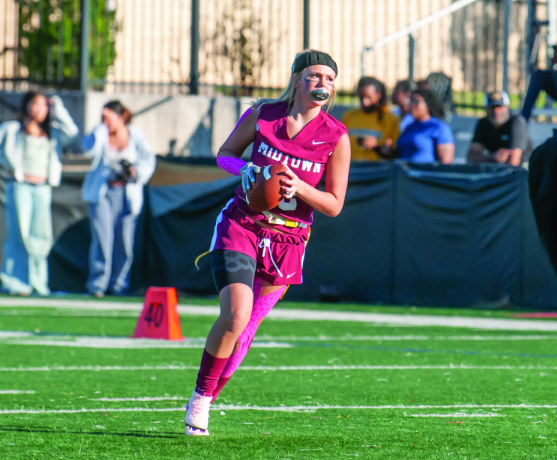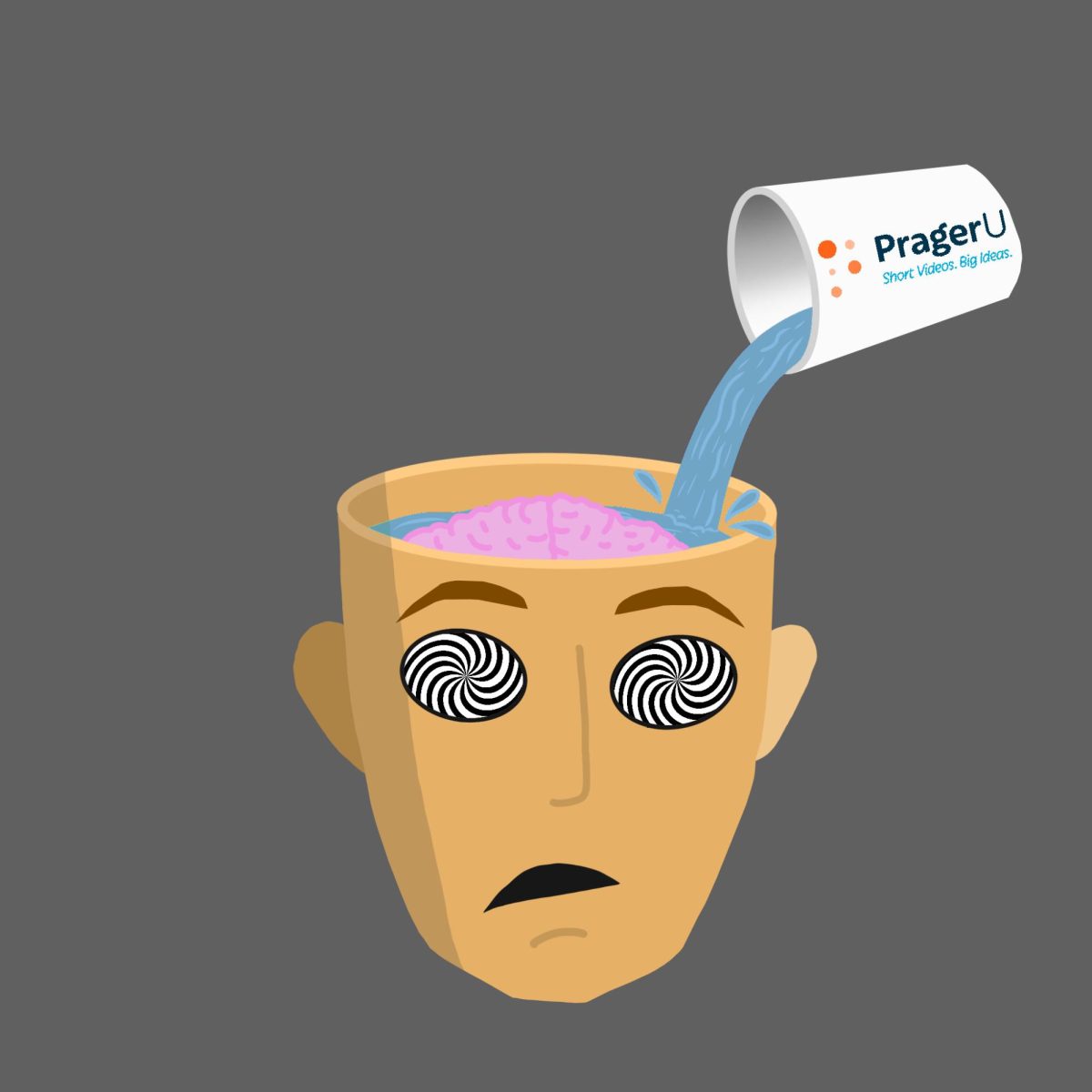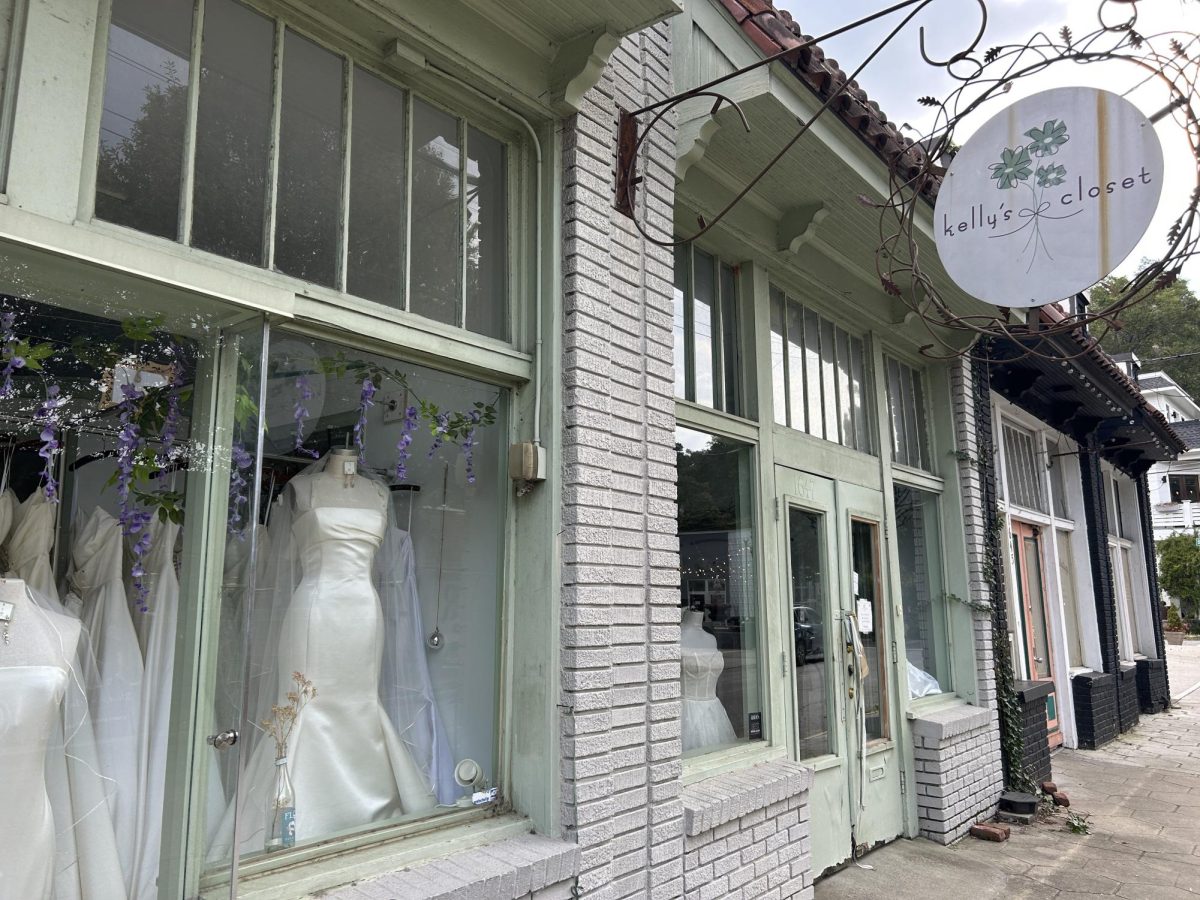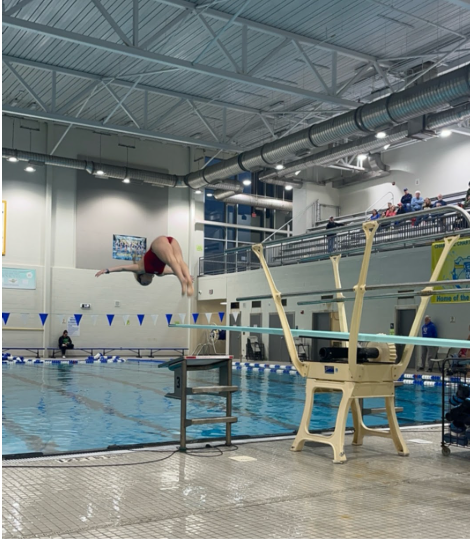
When freshman Kira Lewitt goes home in the afternoon, instead of doing her math homework, she opens up her computer and learns the newest concept her teacher, Linda Brasher, has put up online.
This school year, many teachers, such as Brasher and fellow math teacher Jermaine Ross, are experimenting with a new model of teaching called the Flipped Classroom, which is the inverse of the traditional teaching model.
“A typical classroom would be a lecture where you would go through all the new concepts and do some practice problems,” Brasher said. “Now the lectures are recorded so [the students] go home and watch videos, take notes, work through practice problems. When you come to class you spend all your time working on problems you would typically have for homework.”
Brasher, who first implemented the Flipped Classroom method last year, decided the switch was needed because she noticed that her students were having trouble completing their homework.
“Most of the students were really struggling with math problems at home [from] not having textbooks or any good resources with the new Common Core,” Brasher said. “I usually give students my phone number so that they can text me if they have problems or questions, and my phone would be blowing up every night.”
Since she has started using the new method, Brasher said she has seen assessment scores increase, especially in her accelerated classes.
“I think the kids are understanding the problems a lot better,” Brasher said. “They are working smarter, not harder.”
Brasher, however, is not the only teacher to see this new model work. A study published by Knewton, an education technology company based in New York, showed that a high school in Detroit recorded a 31 percent drop in freshman failing English and math after they introduced the Flipped Classroom model.
Brasher said that overall, her students like the new class model, but freshman Jared Steckl is among the students who dislike the new system. Steckl said he ends up doing more work at home than before.
“I think that Flipped Classroom is a theory thinking that if we do the class at home then we will have more time to do homework in class and ask more questions, but in reality … we are doing the long videos at home and then becoming behind and then doing the worksheets at home too,” Steckl said.
Lewitt said she is ambivalent towards the Flipped Classroom, including the length of the lectures.
“I don’t mind it,” Lewitt said. “Sometimes it’s OK, but sometimes the videos are like 45 minutes long and you’re at home, and you don’t want to watch a 45-minute video because you want to do something else. Despite Brasher’s claim that test scores have improved, Steckl said the new model has not made it easier for him to learn the concepts.
“I feel that it’s making me teach myself more than the teacher is,” Steckl said. “I feel that it is a lot harder to understand the concepts than it would be to if a [teacher] taught us.”
The Flipped Classroom model is not just for high schools. Michael Tenneson, a professor of biology at Evangel University and proponent of the Flipped Classroom, has been using this teaching method since around 1998. In 2005, Tenneson and Bob McGlasson made a presentation titled “The Classroom Flip,” which gave suggestions and ideas to other educators for how to flip their classes.
Tenneson pointed out many advantages to the new system, such as less time pressure on the students and being able to have online discussions. He said he has noticed increased class participation from students using the Flipped Classroom model.
“The shyer students are more likely to participate more because I have found that students who are real quiet are not so shy about writing things,” Tenneson said in an interview with The Southerner. “So I’d say a lot more students participate more in these [online] discussions.”
Tenneson has, however, noticed a few weaknesses in the teaching model, one of which is online testing.
“For a while I was really big on online quizzes, and I have moved back to giving quizzes in the class because of cheating,” Tenneson said. “It’s pretty easy to have your phone, texting your buddies while you are taking a quiz online and get the answers or open up another window and go to Wikipedia or Google.”












